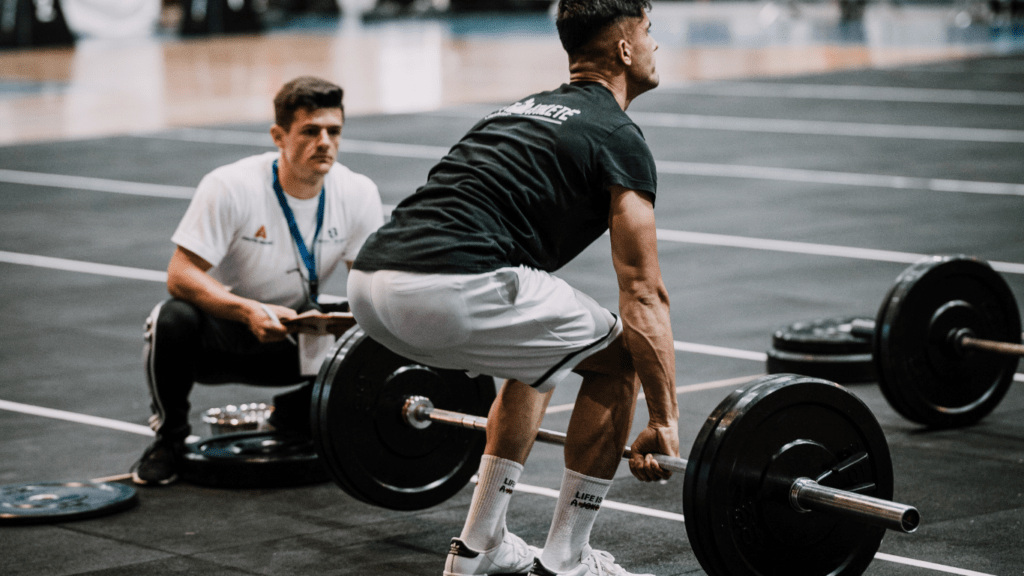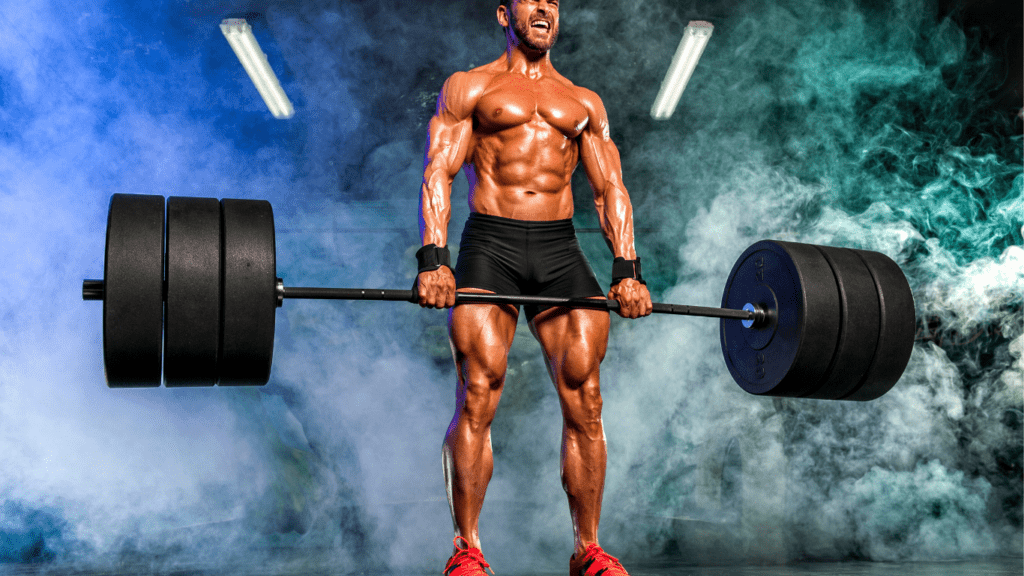When it comes to athletic performance, raw talent only takes you so far. I’ve seen how strength and conditioning can transform good athletes into exceptional ones. It’s not just about lifting weights or running drills—it’s about building a foundation that enhances power, speed, endurance, and resilience.
Strength and conditioning programs are designed to push limits while reducing the risk of injury. They’re tailored to meet specific goals, whether it’s improving agility on the field or increasing explosiveness in the gym. I’ve noticed that athletes who prioritize these programs not only perform better but also recover faster and stay in the game longer.
Importance Of Strength And Conditioning In Sports
- Strength and conditioning play a critical role in optimizing athletic performance. By improving core physical attributes like strength, speed, and endurance, these programs enable athletes to compete at higher levels. For example, a sprinter benefits from enhanced explosiveness, while a basketball player gains agility and stability.
- Injury prevention is another significant advantage. Strength training fortifies muscles, tendons, and ligaments, reducing the likelihood of strains or tears. Conditioning enhances overall body balance, minimizing risks posed by overuse or improper movements.
- Recovery is faster with proper strength and conditioning. Athletes with better-trained bodies recover from fatigue or minor injuries more efficiently, maintaining peak performance throughout competitive seasons.
- Tailored programs ensure sport-specific benefits. A swimmer requires a different focus on shoulder and core strength compared to a football player, who demands power and speed. Customization aligns the training regimen with the unique demands of each sport.
- Consistency in these programs fosters long-term athletic development. Over time, athletes achieve greater resilience and adaptability, which are essential for sustaining high-level performance across different phases of their careers.
Key Components Of Strength And Conditioning Programs
Effective strength and conditioning programs include various elements, each addressing specific aspects of athletic performance. These components work together to enhance power, endurance, flexibility, and recovery.
Strength Training
Strength training develops muscular power and endurance by focusing on resistance-based exercises. Core lifts like squats, deadlifts, and bench presses improve overall strength, while auxiliary movements target specific muscle groups for sport-specific needs. For instance, power cleans enhance explosiveness essential for sprinters and jumpers. Tailored progression models, such as periodization, ensure consistent growth while preventing overtraining.
Aerobic And Anaerobic Conditioning
Aerobic and anaerobic conditioning increase stamina and energy system efficiency. Aerobic exercises, like long-distance running or cycling, improve cardiovascular health and enable sustained performance in endurance sports such as soccer. Anaerobic workouts, like sprints and interval training, boost short-duration, high-intensity activities required in sports like basketball or wrestling. Combining both methods ensures athletes perform optimally in varying intensity demands.
Flexibility And Mobility Work
Flexibility and mobility work enhance range of motion and movement quality. Dynamic stretches and mobility exercises, such as lunges with twists or shoulder dislocates, prepare the body for optimal performance and reduce injury risks. Static stretching post-training helps maintain flexibility for sports like gymnastics, where high mobility is essential. Consistent attention to flexibility aids in smooth transitions during complex movements.
Recovery And Injury Prevention
Recovery and injury prevention promote long-term athletic performance by addressing fatigue and physical stress. Techniques like foam rolling, contrast baths, and sports massages accelerate tissue repair and alleviate soreness. Injury prevention strategies, including stability training and proper biomechanics, strengthen muscles and joints against strain. Programs incorporating adequate recovery enable athletes to sustain peak performance and reduce burnout during competitive seasons.
Benefits Of Strength And Conditioning For Athletes

Strength and conditioning offer significant advantages that impact athletes’ physical, mental, and overall performance. These benefits contribute to achieving peak athletic potential and maintaining long-term success.
Enhanced Physical Performance
Strength and conditioning improve key attributes like:
- power
- speed
- endurance
- agility
Resistance-based exercises increase muscular strength, allowing athletes to generate more force during explosive movements, such as sprints or jumps. Conditioning drills enhance cardiovascular and metabolic efficiency, boosting stamina in sports requiring sustained energy, such as soccer or marathon running. Tailored programs ensure athletes meet sport-specific demands—for instance, increased lower-body power benefits sprinters, while enhanced upper-body strength aids swimmers.
Reduced Risk Of Injury
Targeted training strengthens muscles, tendons, and ligaments, making an athlete’s body more resilient to physical stress. Balanced strength programs address muscle imbalances, reducing the likelihood of injuries caused by overuse or improper biomechanics. Incorporating flexibility and mobility exercises improves joint stability and range of motion, which minimizes risks of strains, sprains, or tears during high-intensity activities. Prehabilitation strategies further mitigate potential injury risks by promoting optimal movement patterns and addressing weak points.
Improved Mental Toughness
Strength and conditioning foster mental resilience by challenging athletes to push through physical limits during training. Overcoming demanding workouts builds discipline, focus, and confidence, traits that translate to competitive scenarios. Consistent participation in well-structured programs enhances athletes’ ability to manage stress, maintain concentration, and recover from setbacks. For example, interval-based conditioning develops not only physical endurance but also the mental fortitude to sustain effort under pressure, critical in high-stakes situations.
Role Of Strength And Conditioning Coaches
Strength and conditioning coaches play a critical role in helping athletes achieve their peak performance. I focus on bridging the gap between raw athletic ability and sport-specific requirements by implementing precise, science-backed methodologies.
Designing Tailored Training Plans
Individualized training plans address specific needs, considering the athlete’s sport, position, and physical status. I evaluate factors like movement patterns, strength levels, and endurance capacity to craft programs that target weaknesses while enhancing strengths. For example, a sprinter’s plan might prioritize explosive power and speed, while a swimmer’s focus would include shoulder stability and core strength development.
Monitoring Athlete Progress
Tracking progress ensures consistent improvement while preventing overtraining. I measure key metrics such as power output, agility times, and endurance levels during structured evaluations. By analyzing this data, I adjust training intensity or exercises to maximize gains. If an athlete’s performance plateaus or declines, I identify and address the underlying issues, such as recovery deficits or technical inefficiencies.
Providing Motivation And Support
I encourage athletes to stay disciplined and push through challenging phases of training. Positive reinforcement highlights progress, while constructive feedback fosters improvement. When setbacks occur, I help athletes refocus and regain confidence, emphasizing their capacity to achieve long-term success. My role extends beyond physical training, supporting their mental resilience, which is essential for handling competitive pressures.



 Injury Prevention & Recovery Specialist
Injury Prevention & Recovery Specialist
